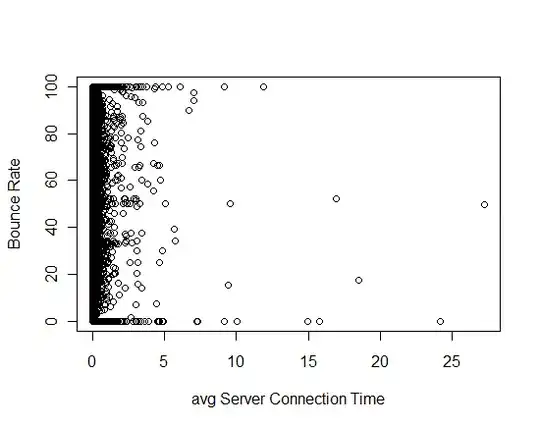I have a question that I am sure you can help me with.
I have data on 100 individuals from an experiment, including a bunch of characteristics for each of these individuals (gender, field of specialty, etc...).
These individuals were during the experiment subjected to two successive and different treatments, in random order. A dependant continuous variable (risk-taking) was measured for each treatment. I therefore have two measures of this dependent variable per participant, one for each treatment. I am interested both in the effect of the treatment and the effect of the individual characteristics (gender, field of specialty, etc..) on risk-taking. See scheme below (with ID the identifying number of the individual).
I have started to analyze the data by using a classic OLS regression. Should I rather use some form of panel model/repeated measure model (with fixed, random or mixed effect?) to take into account the fact that I have two measures per individual? I am unfamiliar with those models.
Thank you very much in advance!
